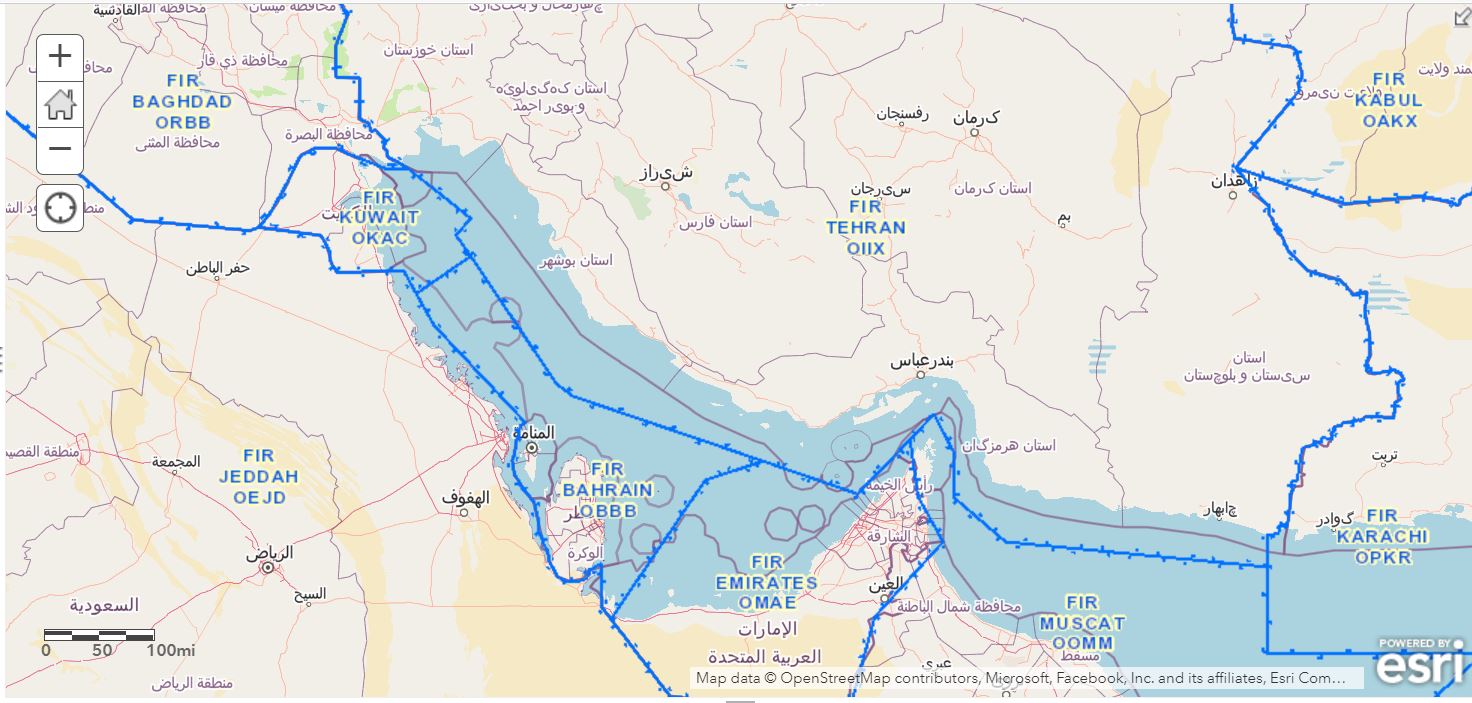As of September 2022, Qatar is the latest country to get its own flight information region (FIR).
What the heck is a flight information region?
Briefly, the International Civil Aviation Organization, or ICAO, the Montréal, Canada-based UN-group that specifically deals with air transport policy and standardization methods, is also responsible for having divided the world into nine GANP, or Global Air Navigation Plan regions; figure, European Region (EUR); Middle East Region (MID); North American Region (NAM), and the like.
In turn, those nine GANP were further divvied up into FIR, or flight information regions. Some might just have been created to follow the international border* (however disputed) of a single country, whereas some larger countries have multiple FIR. Once an aircraft enters a particular FIR, generally that means the air traffic controller has contact, whether the aircraft is on the ground or way up there at FL410 (Flight Level 41,000 feet). The controller helps the pilots with everything from emergencies to weather issues … you name it.
As a salient example for today’s post, here is a snippet of part of the former FIRs located in the Middle East and Asia GANPs:

Ironically, right on the above map where it says “FIR Bahrain OBBB” is the country of Qatar (Bahrain is the much smaller island country directly northwest of Qatar).
You see, before September of last year, Bahrain controlled Qatar airspace. However, on 13 July, the ICAO finally agreed to let Qatari air traffic control its own FIR, which it is taking over in stages. This was in part due to the recent years-long blockade of Qatar by Saudi Arabia, Egypt, Bahrain, and the United Arab Emirates, forcing longer detours over Iran. Though, it was also in part to show that the Qatari aviation industry has matured, particularly vis-a-vis its hosting the 2022 World Cup (when the former Doha International Airport was even put to use).
The Doha (Qatari capital) FIR was inaugurated on 8 September, giving Qatar total control over all flights up to FL245 (24, 500 feet); Bahrain will still control international waters nearby, and aircraft above FL245. Stage 2 will happen on 23 March 2023, giving over more control to Qatari controller, but still letting Bahraini FIR hang on to some northeastern waters. Finally, Stage 3 will occur either at the end of 2024 or 2025, when Qatar assumes the entire responsibility of all flights.

If you’re not an air traffic controller, flight planner, or pilot, you may not care. And look at that, it’s such a small FIR, right? Well, consider that many flights from the United Arab Emirates (mainly Dubai and Abu Dhabi) pass through it, as would other flights looking to avoid Iranian airspace.
I hope that you have enjoyed this brief look into flight information regions. Stay tuned for periodic posts about other behind-the-scenes looks at aviation planning.
Can you think of any other landmass-deprived countries that punch above their weight in controlling air traffic?

Leave a Reply